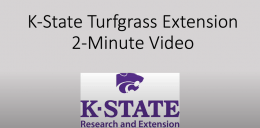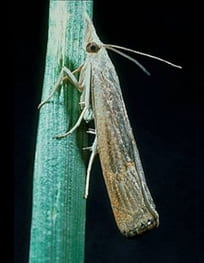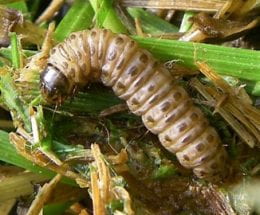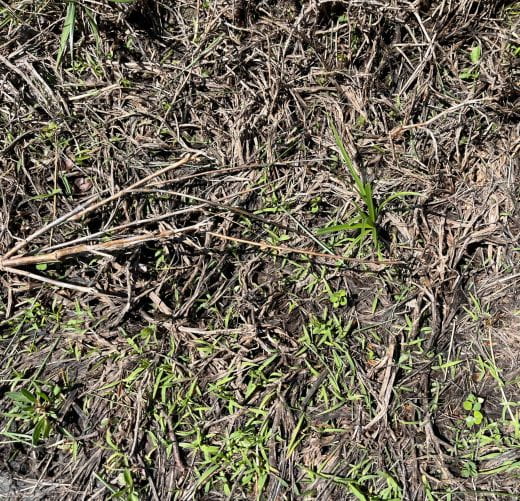
We are fortunate to have three great out-of-state speakers join us at the Kansas Turf and Landscape Conference this year. These individuals include Matt Cavanaugh, golf course superintendent in MN; Dr. Chase Straw, Assistant Professor at Texas A&M Univ.; and Dr. Aaron Patton, Professor at Purdue Univ. Dr. Chase Straw is highlighted here. Chase will have the following presentations: “Be Precise – Reducing Water in Fairways with Precision Irrigation”; “Spray Application Technology in Turf and Landscapes”; “Field Variability and Its Impacts on Athletic Field Surface Interactions”; “Dealing with Natural and Synthetic Turf – Panel Discussion.”
View the program and mail the completed the paper registration form with payment OR you can register online at: https://2023turfandlandscapeconference.eventbrite.com
You receive a discounted rate if you register before November 22. Sponsorship Opportunities are also available.



 A brief overview of a few stops that will be seen at the Olathe Horticulture Research Center can be found on the this video. We look forward to seeing you at the Olathe Center on August 3rd!
A brief overview of a few stops that will be seen at the Olathe Horticulture Research Center can be found on the this video. We look forward to seeing you at the Olathe Center on August 3rd!







 Photo shows crabgrass emerging in Olathe, Kansas near a paved walking path in a park area. Greater soil warmth allows for earlier emergence in these areas. The photo was taken on April 21.
Photo shows crabgrass emerging in Olathe, Kansas near a paved walking path in a park area. Greater soil warmth allows for earlier emergence in these areas. The photo was taken on April 21.
